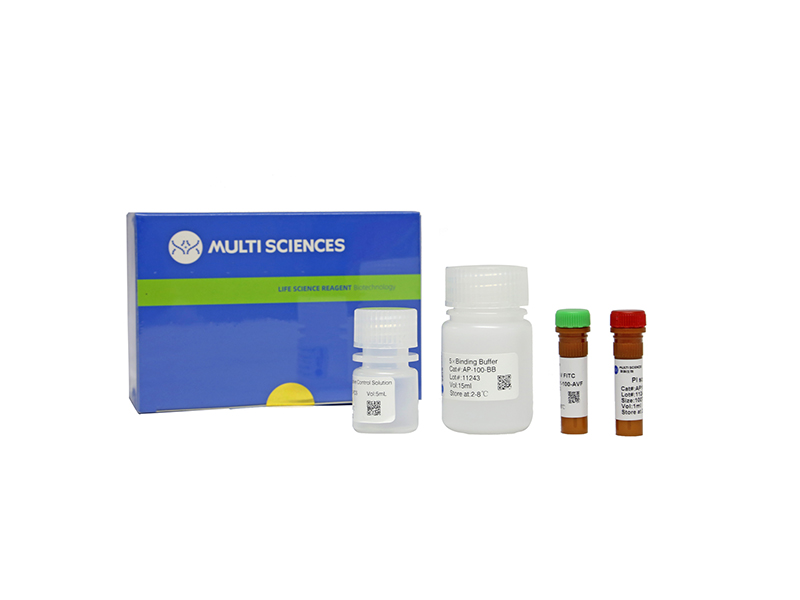The poor prognosis of neuroblastoma and lack of effective remedies have necessitated the application of new therapeutic scheme. Over the past few years, it has been found that flavonoids could exert specific cytotoxic activity towards cancer cells. 2-(cis-1,2-dihydroxy-4-oxo-cyclohex-5-enyl)-5,7-dihydroxy-chromone (DEDC) is a plant-derived flavonoid extracted from the aerial part of Macrothelypteris torresiana. The present study investigated the cytotoxic effects and underlying biochemical pathway leading to cell death on the response of DEDC treatment in human neuroblastoma cells. Our results indicated that (a) DEDC induced SH-SY5Y cells apoptosis by elevating reactive oxygen species (ROS) generation, and ROS generation that could be quenched by the antioxidants N-acetyl cystein (NAC). (b) The signal transducer and activator of transcription 3 (STAT3) played a crucial role in DEDC-triggered cell death. (c) Nuclear factor Kappa B (NF-κB) was activated following exposure to DEDC, and suppressing NF-κB pathway by pyrrolidine dithiocarbamate (PDTC, a potent NF-κB inhibitor) significantly increased neuroblastoma cell sensitivity to the pro-apoptotic effect of DEDC. Overall, this study shed light on the mechanism of action of DEDC and suggested more rational approaches to investigation and therapy for this childhood malignancy.
文章引用产品
-
-
- AP101
- 凋亡试剂盒
Annexin V-FITC/PI Apoptosis Kit(适用于除C6以外的流式细胞仪)
-
¥630.00 – ¥1,280.00
-
- AP101
- 凋亡试剂盒
Annexin V-FITC/PI Apoptosis Kit(适用于除C6以外的流式细胞仪)
- ¥630.00 – ¥1,280.00



